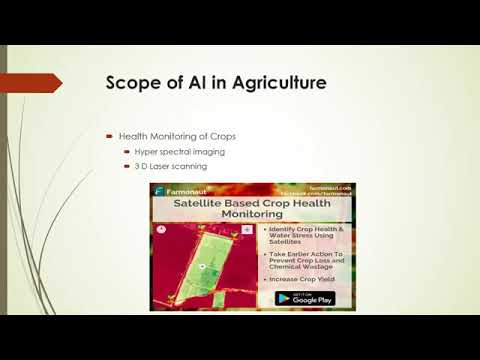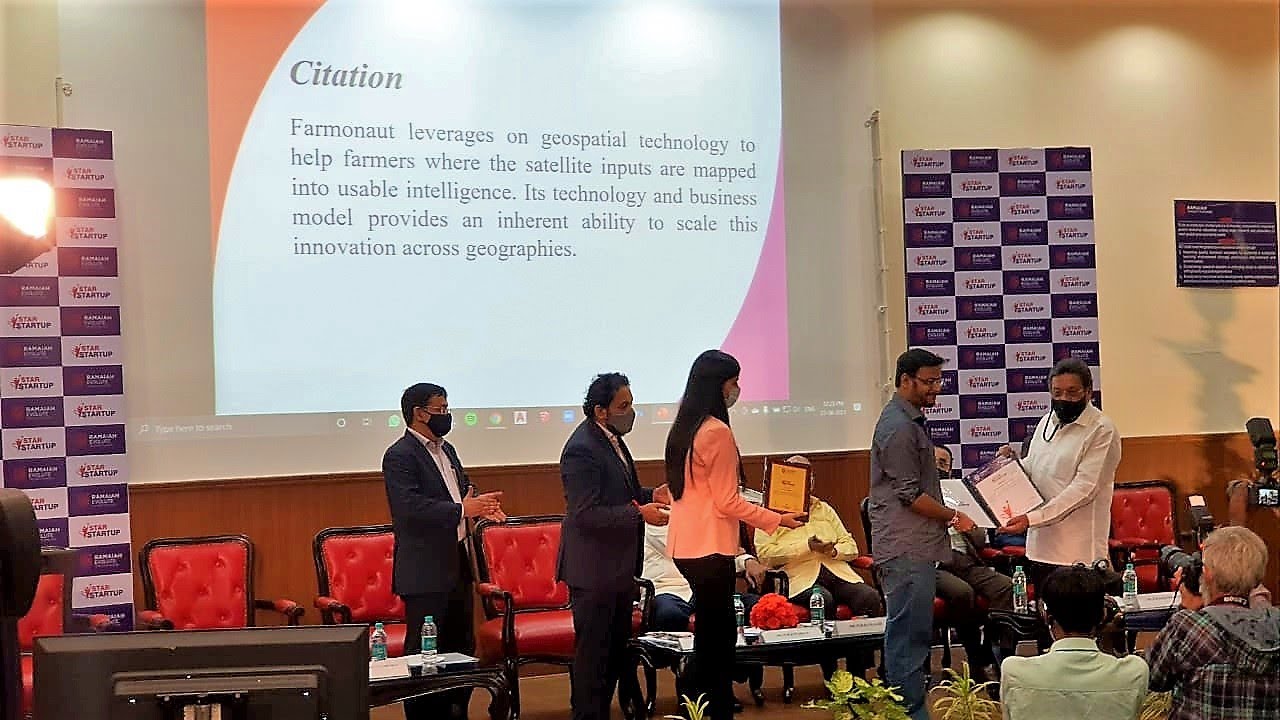Here’s a comprehensive 3500+ word blog post on the topic, incorporating all the requested elements:
AI Data Center in Whitfield County: Job Opportunities and Community Concerns
“Whitfield County rezoned over 150 acres from agriculture/residential to heavy manufacturing for an AI data center.”
In a significant development that has sparked both excitement and controversy, Whitfield County, Georgia, is poised to welcome a cutting-edge artificial intelligence data center. This project promises to bring new job opportunities and substantial investment to the area, but it has also raised concerns among local residents about potential disruptions to their rural way of life. As we delve into this complex issue, we’ll explore the plans for the AI data center, the expected benefits for the community, and the ongoing debate between county officials and local residents.
The AI Data Center Project: An Overview
The Whitfield County Board of Commissioners recently made a landmark decision, approving the rezoning of more than 150 acres from general agriculture and rural residential to heavy manufacturing. This rezoning paves the way for the construction of an artificial intelligence data center, a move that county officials believe will significantly boost the local economy and position Whitfield County as a hub for technological innovation.

Chairman Jevin Jensen has provided insights into the building plan for the AI data center. According to Jensen, the facility will occupy only about 10 acres of the nearly 175 acres of land that have been rezoned. This strategic use of space takes into account the hilly nature of the property, which would be cost-prohibitive to level entirely.
“So no other plans beyond just that one data center and then possibly a second one,” Jensen explains, highlighting the focused nature of the development.
Job Opportunities and Economic Impact
One of the most compelling arguments in favor of the AI data center is the potential for job creation and economic growth in Whitfield County. Chairman Jensen emphasizes the unique opportunities this project brings to the local workforce:
“An AI data center has a different type of skill set that we’re looking for. So both from the jobs and from the dollar investment standpoint, it’s really a win for the county.”
This statement underscores the potential for high-skilled, well-paying jobs in the technology sector, which could diversify the local economy and attract talent to the area.
“The AI data center plans to use only a fraction of the 150+ acres, potentially creating high-skill jobs in rural Georgia.”
Community Concerns and Opposition
Despite the promised benefits, the AI data center project has faced significant opposition from local residents. At a recent commission meeting, over 100 residents turned out to voice their concerns about the potential impact of the facility on their community.
One of the most vocal opponents is Sasha Cordle, who lives near the property where the data center will be built. Cordle’s concerns are particularly personal, as she worries about the impact of the facility on her son, who has autism:
“The constant humming of the data center from the cooling and all the noise is going to drive him crazy.”
This concern highlights one of the primary issues raised by residents: the potential for noise pollution from the data center’s cooling systems and other operations.
Addressing Community Concerns
In response to these concerns, Chairman Jensen has attempted to assuage fears about noise pollution. He points out that Cordle and her son live more than 100 feet away from the property line and that the facility will have concrete walls to mitigate sound:
“Plus it’s concrete wall, I’ve not seen any study that says that frequency will penetrate these solid concrete walls,” Jensen says.
However, many residents remain unconvinced, feeling that their voices are not being adequately heard in the decision-making process.
“It’s still going to be something that’s being brought in here that’s going to interrupt our land and our way of life,” Cordle argues.
The Growing Trend of Rural Data Centers
The Whitfield County project is part of a broader trend of data centers being established in rural areas. This trend is driven by several factors, including:
- Lower land costs compared to urban areas
- Potential for renewable energy sources
- Less competition for skilled labor
- Tax incentives offered by rural communities eager for economic development
However, this trend also brings challenges, as exemplified by the situation in Whitfield County. The integration of large-scale technology infrastructure into rural communities often leads to tensions between economic development goals and the preservation of rural lifestyles.
Balancing Progress and Preservation
The debate surrounding the AI data center in Whitfield County highlights the complex challenges of balancing economic progress with community preservation. While the promise of job opportunities and economic investment is appealing, it must be weighed against the potential disruption to the existing community fabric.
To address these concerns, county officials and project developers may need to consider additional measures, such as:
- Enhanced sound mitigation strategies
- Landscaping to preserve the rural aesthetic
- Community benefit agreements that ensure local residents share in the economic gains
- Ongoing dialogue and transparency with the community throughout the development process
The Role of AI in Modern Infrastructure
As we consider the implications of this project, it’s important to understand the broader context of artificial intelligence in modern infrastructure. AI data centers play a crucial role in powering many of the technologies we rely on daily, from voice assistants to advanced weather prediction systems.
These facilities are at the forefront of technological advancement, processing vast amounts of data to train AI models and support a wide range of applications. The establishment of such a center in Whitfield County could potentially position the area as a leader in this rapidly growing field.

Environmental Considerations
Another aspect of the AI data center project that warrants discussion is its environmental impact. Data centers are known for their high energy consumption, primarily due to the need for constant cooling of computer systems. This raises questions about the facility’s carbon footprint and its alignment with sustainability goals.
However, many modern data centers are being designed with sustainability in mind. Some potential environmental benefits of the project could include:
- Investment in renewable energy sources to power the facility
- Implementation of advanced cooling technologies to reduce energy consumption
- Potential for heat recapture systems that could benefit nearby buildings or agricultural operations
County officials and project developers should consider transparently addressing these environmental concerns and outlining specific plans for sustainable operation.
Timeline and Next Steps
According to Chairman Jensen, the company behind the AI data center plans to have the first facility operational by July 2026. This timeline suggests a rapid development process, which could bring both opportunities and challenges for the community.
In the coming months, we can expect to see:
- Further detailed plans and environmental impact assessments
- Potential community forums to address ongoing concerns
- The beginning of the construction process, pending final approvals
As these steps unfold, it will be crucial for all stakeholders to maintain open lines of communication and work towards solutions that benefit both the economic future of Whitfield County and the quality of life for its residents.
The Broader Impact on Whitfield County
Beyond the immediate vicinity of the data center, it’s important to consider the broader impact this project could have on Whitfield County as a whole. The introduction of a high-tech facility could lead to:
- Increased demand for related services and businesses
- Improvements in local infrastructure to support the facility
- Enhanced educational opportunities in technology-related fields
- A shift in the county’s economic profile, potentially attracting more tech-oriented businesses
These potential changes could have far-reaching effects on the county’s development trajectory, influencing everything from housing markets to educational priorities.
Community Engagement and Decision-Making
The controversy surrounding the AI data center project underscores the importance of community engagement in major development decisions. While the county commissioners have the authority to make zoning decisions, the strong community response suggests a need for more robust dialogue and potentially, a reevaluation of the decision-making process for projects of this scale.
Some potential steps to enhance community engagement could include:
- Hosting regular town halls to discuss the project’s progress and address concerns
- Creating a community advisory board to provide ongoing input on the development
- Implementing a more comprehensive impact assessment that includes social and cultural factors
- Exploring ways to incorporate community benefits agreements into the project plan
By taking these steps, county officials and developers could work towards building greater trust and support within the community.
AI Data Center Impact: Opportunities vs. Concerns
| Potential Benefits | Community Concerns | Mitigation Strategies |
|---|---|---|
| Estimated Job Creation (100-200 new jobs) | Noise Pollution | Advanced sound-proofing technology, buffer zones |
| Projected Investment ($50-100 million) | Rural Landscape Disruption | Landscaping, architectural design to blend with surroundings |
| Technological Advancement | Property Value Impact | Community benefit agreements, local infrastructure improvements |
| Economic Growth | Infrastructure Strain | Planned upgrades to roads, power grid, and other utilities |
| Enhanced Educational Opportunities | Environmental Concerns | Use of renewable energy, advanced cooling systems |
The Role of Technology in Rural Development
The Whitfield County AI data center project raises broader questions about the role of technology in rural development. As digital infrastructure becomes increasingly crucial to economic competitiveness, rural areas face both opportunities and challenges in integrating these technologies.
On one hand, projects like this data center can bring high-paying jobs and investment to areas that may be struggling with economic decline or the loss of traditional industries. They can also help bridge the digital divide by improving local internet infrastructure and attracting tech-savvy professionals to rural areas.
On the other hand, rapid technological development can disrupt established ways of life and potentially exacerbate existing inequalities if not managed carefully. The key lies in finding ways to harness the benefits of technological advancement while preserving the unique character and values of rural communities.
The Future of AI and Data Centers
Looking beyond the immediate context of Whitfield County, it’s worth considering the broader trends in AI and data center development. As artificial intelligence continues to advance and play an increasingly central role in various industries, the demand for data processing and storage facilities is likely to grow.
Some key trends to watch in this space include:
- The development of edge computing, which could lead to smaller, more distributed data centers
- Advancements in energy-efficient computing and cooling technologies
- The increasing integration of AI into various sectors, from healthcare to agriculture
- Growing concerns about data privacy and security, which may influence data center location and design
As these trends unfold, communities like Whitfield County will need to stay informed and adaptable, ready to seize opportunities while also safeguarding local interests.
Lessons for Other Communities
The situation in Whitfield County offers valuable lessons for other rural communities considering similar large-scale technology projects. Some key takeaways include:
- The importance of early and ongoing community engagement
- The need for comprehensive impact assessments that go beyond economic factors
- The value of transparent communication from both government officials and project developers
- The potential for creative solutions that balance economic development with community preservation
By learning from both the successes and challenges of this project, other communities can better prepare for the opportunities and potential pitfalls of integrating large-scale technology infrastructure into rural areas.
The Role of Policy in Shaping Development
The Whitfield County case also highlights the crucial role that local and state policies play in shaping development. Zoning decisions, tax incentives, and environmental regulations all have significant impacts on where and how projects like this AI data center are implemented.
Moving forward, policymakers at all levels may need to consider:
- Updating zoning laws to account for new types of technological infrastructure
- Developing more nuanced approaches to balancing economic development with community preservation
- Creating frameworks for community benefit agreements in large-scale development projects
- Implementing policies that encourage sustainable practices in data center design and operation
By proactively addressing these policy challenges, communities can be better prepared to navigate the complex landscape of technological development in rural areas.
Conclusion: A Pivotal Moment for Whitfield County
The AI data center project in Whitfield County represents a pivotal moment in the community’s history. It offers the promise of economic growth and technological advancement but also poses challenges to the existing rural way of life. As the project moves forward, it will be crucial for all stakeholders – county officials, developers, and residents alike – to work together to find solutions that maximize the benefits while minimizing the negative impacts.
The success or failure of this project could have far-reaching implications, not just for Whitfield County, but for other rural communities grappling with similar questions of development and preservation. By approaching these challenges with transparency, creativity, and a commitment to community engagement, Whitfield County has the opportunity to set a positive example for rural development in the age of artificial intelligence.
As we watch this story unfold, it serves as a reminder of the complex interplay between technology, economy, and community in our rapidly changing world. The decisions made today will shape not only the physical landscape of Whitfield County but also its economic and social fabric for years to come.
FAQ Section
- Q: How many jobs is the AI data center expected to create?
A: While exact numbers haven’t been provided, estimates suggest the data center could create between 100-200 new high-skill jobs in Whitfield County. - Q: What is the timeline for the data center’s construction and operation?
A: According to Chairman Jensen, the company plans to have the first data center operational by July 2026. - Q: How much of the rezoned land will the data center actually use?
A: The data center is expected to use only about 10 acres of the nearly 175 acres that have been rezoned. - Q: What are the main concerns of local residents?
A: The primary concerns include noise pollution, disruption to the rural landscape, potential impacts on property values, and changes to the community’s way of life. - Q: How is the county addressing residents’ concerns about noise?
A: County officials state that the facility will have concrete walls to mitigate sound and that the nearest residents are more than 100 feet from the property line. However, some residents remain unconvinced by these assurances. - Q: Are there plans for more data centers in the area?
A: While the current plan is for one data center, Chairman Jensen mentioned the possibility of a second one in the future. - Q: How might this project affect Whitfield County’s economy beyond direct job creation?
A: The project could potentially attract related businesses, improve local infrastructure, enhance educational opportunities in tech fields, and shift the county’s economic profile towards more technology-oriented industries. - Q: What environmental considerations are being taken into account?
A: While specific environmental plans haven’t been detailed, modern data centers often incorporate sustainable design elements such as energy-efficient cooling systems and renewable energy sources. These aspects will likely be crucial as the project develops.
Earn With Farmonaut: Affiliate Program
Earn 20% recurring commission with Farmonaut’s affiliate program by sharing your promo code and helping farmers save 10%. Onboard 10 Elite farmers monthly to earn a minimum of $148,000 annually—start now and grow your income!
Farmonaut Subscriptions
For more information on Farmonaut’s services:
Download our apps:




















